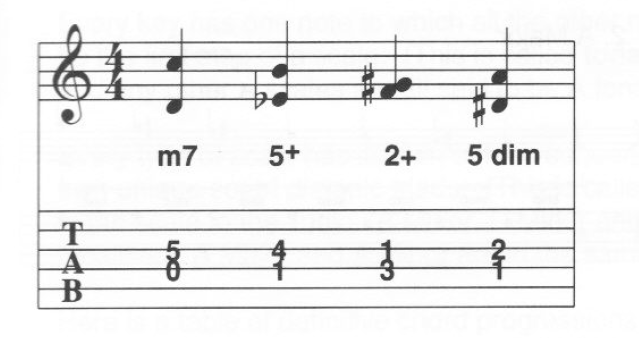it should be M7 not m7 it is a full 7 interval with no modification, so major
It is good that you are look for modifications, accidentals, but when there are no modifying accidentals, the term to use is diatonic rather than major. Let's hold off on further detail for a moment.
it should be m2 not 2+ the sharp reduces the interval, so + makes no sense
Sharps and flats can reduce or enlarge intervals, but it depends on whether the sharp or flat is on the lower or higher pitch. A sharp will reduce an interval when applied to the lower pitch. In this case I think you may have misread the placement of the sharp. It is on the line and applied to the higher pitch. So it enlarges the interval.
I think the main thing you need to understand is diatonic intervals. Diatonic means the pitches and intervals of any key signature without altering accidentals. Without writing a whole summary of interval theory, let's just look at the issue of the seventh.
The mistake you made was not recognizing that the interval D C is a minor seventh. Obviously, you would like to be able to read such intervals correctly and quickly.
All sevenths in C major will be minor sevenths, except those between C B and F E. We can chart that out to see it more easily...
M7 M7
B C D E F G A
C D E F G A B
You can abstract that, and apply it to any key signature, by using pitch degrees instead of specific pitch letters...
M7 M7
^7 ^1 ^2 ^3 ^4 ^5 ^6
^1 ^2 ^3 ^4 ^5 ^6 ^7
...that second example might be described in English like this: the interval between the tonic ^1 and leading tone ^7 is a major seventh, and the subdominant ^4 and the mediant ^3. When you do it in that generic way, you can apply it to any key signature!
Another way to extend this concept it to understand the inversion of intervals. When you invert major or minor intervals, their quality flips. For example if a major seventh is inverted it becomes a minor second. We can invert our general rule for diatonic sevenths to make a rule for seconds: all diatonic seconds are major except those between the leading tone ^7 and tonic ^1 etc.
Understand inversions it a useful short hand, because you can think of the intervallic relationship of two pitches as "two sides of the same coin." For example, in your question's third interval F G# in C major, we can immediately say that second starts as generic F G, and is categorically a diatonic major second. From there, the sharp raises the higher pitch G, and expanding a major second creates an augmented second.
Gaining a solid understand of interval theory is not easy. You won't learning it just a few days. But there is a method to the madness!
You can examine other intervals to find more short hand rules. For example, all diatonic fifths, and by extension their inverted fourths, are perfect fifths, except those between the leading tone and the subdominant (in C major the intervals between B and F.)
d5
G A B C D E F
C D E F G A B
d5
^5 ^6 ^7 ^1 ^2 ^3 ^4
^1 ^2 ^3 ^4 ^5 ^6 ^7
A rule for thirds/sixths is more of a 60/40 split. All diatonic thirds are minor except those above the tonic, subdominant, and dominant.
One of the take-aways of all this is the importance of relative relationships and the special attention given to relationships involving the two pitches of the tritone (the leading tone ^7 and subdominant ^4 scale degrees.) In your exercise we can quickly see the seventh/second are the unexceptional m7/M2 type and the fifths are the unexceptional P5 type, we then just reduce or enlarge according to the accidentals.


